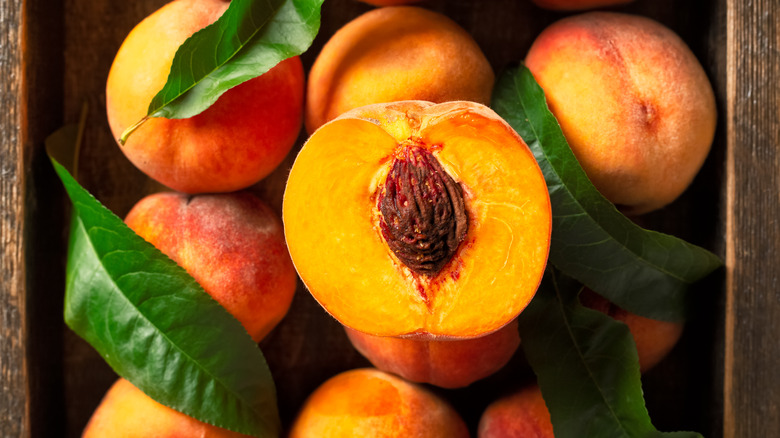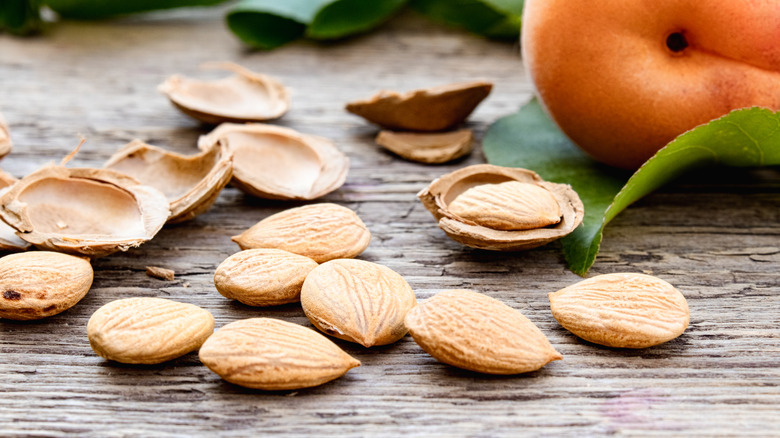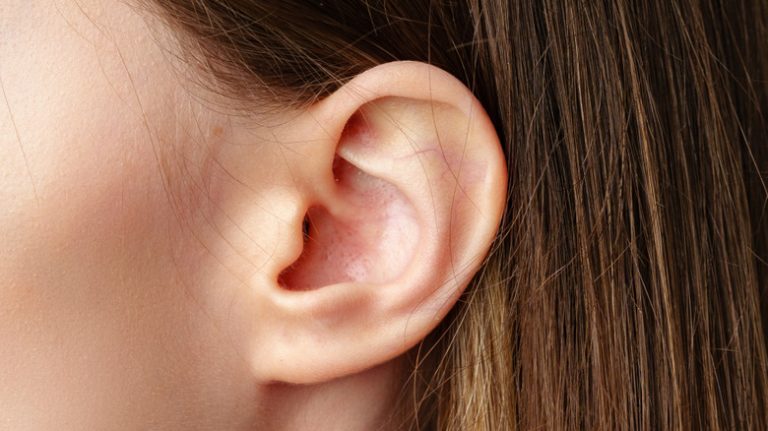
One food-based urban legend that has persisted through time is the belief that if you swallow a watermelon seed, it will grow in your stomach. Children are often the ones who believe this myth, though most outgrow it by adulthood. However, other urban legends await them once they learn that watermelon seeds can’t sprout inside a person’s stomach.
The notion that a peach pit can be poisonous is another such myth. This idea stems from the fact that pits of stone fruits, including peaches, cherries, and apricots, contain cyanide. The Guardian notes that stone fruits have amygdalin, a compound also found in apple seeds. Upon entering the body, amygdalin breaks down into hydrogen cyanide. As outlined by the U.S. Centers for Disease Control and Prevention, cyanide is not something you want to ingest. Mild exposure can cause rapid breathing, increased heart rate, headaches, and dizziness, while severe exposure can result in organ damage, unconsciousness, convulsions, and even death.
All this might make you wary of peaches. However, a closer look at the facts might have you enjoying peach pie again soon.
One peach pit isn’t a problem

The Guardian points out that peach pits contain only about 2.2 milligrams of hydrogen cyanide per gram of seed (the pit itself doesn’t contain amygdalin). The seed is encased within the hard shell of the pit, which is difficult for most people to crack with their teeth. As Outdoor Happens explains, manual force is usually required to break open a peach pit to access the seed inside.
Even if you manage to reach the seed, there’s little cause for concern. According to the National Library of Medicine, humans need to consume 570 milligrams of hydrogen cyanide to reach acute toxicity levels. With only 2.2 milligrams per seed, you would need to eat over 250 peach seeds to experience serious harm. Consuming just one – even with the pit intact – is unlikely to do more than potentially upset your stomach.




